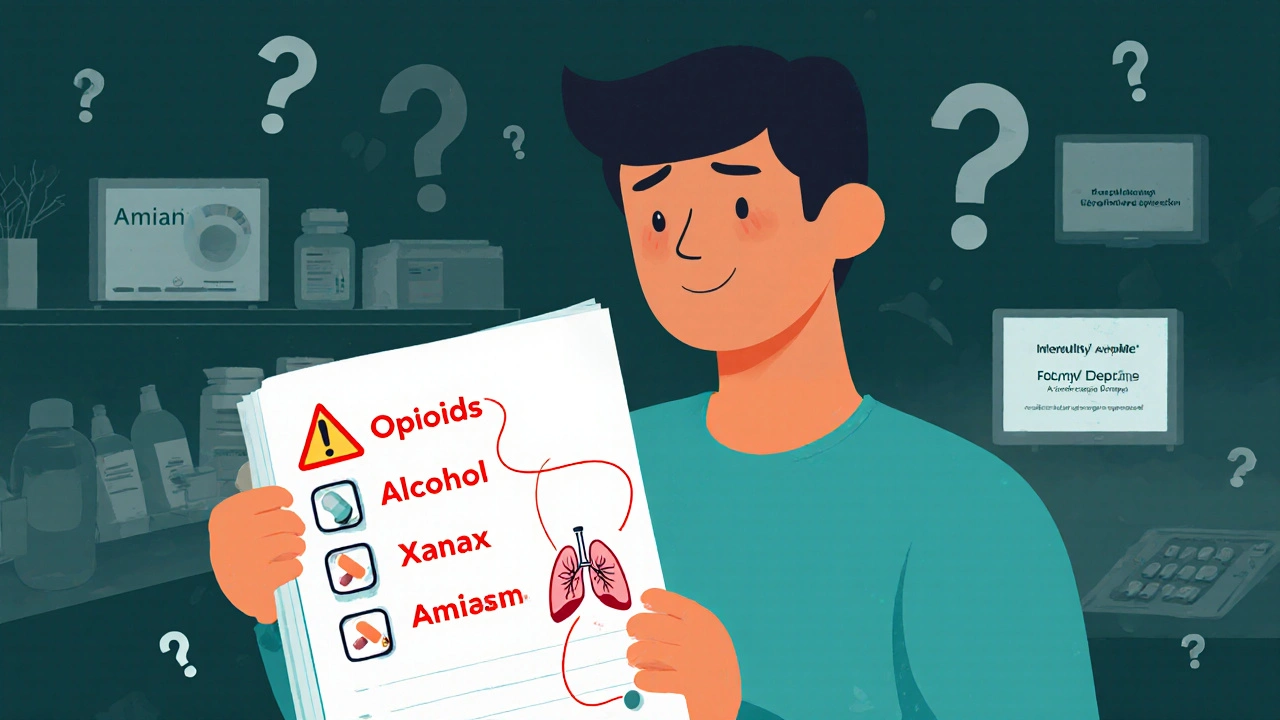 16
Nov,2025
16
Nov,2025
Every year, over 107,000 people in the U.S. die from drug overdoses. Many of these deaths aren’t caused by one drug alone-they happen when substances mix in ways that shut down breathing. The most dangerous combinations involve opioids with other central nervous system (CNS) depressants like benzodiazepines, alcohol, or even some sleep aids. These mixtures don’t just add up-they multiply the risk. A single pill of oxycodone might be manageable. Add a Xanax or a few drinks, and your breathing can stop without warning. The good news? Most of these deaths are preventable-if you know how to check for these interactions before it’s too late.
Why Some Drug Mixes Are Deadly
Not all drug interactions are the same. Some cause nausea or dizziness. Others can kill. The deadliest combinations slow down your brain’s ability to control breathing. Opioids like oxycodone, fentanyl, or heroin already do this. Add another depressant, and your body loses its last safety valve. According to the CDC, 75% of opioid-related overdoses involve more than one substance. The most common deadly mixes:- Opioids + benzodiazepines (like Xanax, Valium, Klonopin)
- Opioids + alcohol
- Opioids + sleep medications (like Ambien or Lunesta)
- Opioids + muscle relaxants (like cyclobenzaprine)
- Opioids + illicit drugs like fentanyl-laced cocaine or meth
How Clinicians Check for Dangerous Interactions
Doctors and pharmacists use several tools to catch risky combinations before they’re prescribed. The most common is the CDC’s Opioid Risk Tool (ORT), a quick 5-question screen that takes less than two minutes. It doesn’t just ask about current meds-it looks at your history of substance use, mental health, and past prescriptions. Pharmacists also use the Beers Criteria, updated every two years by the American Geriatrics Society. It flags 56 dangerous combinations specifically for older adults, who are more sensitive to CNS depression. For example, mixing an opioid with an antihistamine like diphenhydramine (Benadryl) can be deadly in seniors, even if both are taken as directed. Digital tools like the FDA’s Drug Interaction Checker and MedlinePlus are updated monthly with data on over 1,200 prescription drugs. These are great for catching known interactions between legal medications. But they have a huge blind spot: street drugs, shared pills, or substances bought online. That’s where these tools fail-and where people die.What Digital Tools Miss (And Why It Matters)
Most drug interaction checkers only list FDA-approved medications. They don’t include:- Fentanyl analogs (like carfentanil or acetylfentanyl)
- Illicit benzodiazepines (like etizolam or clonazolam sold as “Xanax”)
- Stimulants laced with opioids (like cocaine or meth with fentanyl)
- Herbal supplements (like kava or kratom) that also depress breathing

How to Check for Interactions If You’re Not in a Clinic
You don’t need a doctor to protect yourself. Here’s how to do it yourself:- Make a full list of everything you’ve used in the last week-not just prescriptions. Include alcohol, marijuana, sleep aids, painkillers from a friend, herbal teas, and even cough syrup.
- Use the National Harm Reduction Coalition’s free Overdose Risk Self-Check. It’s a 10-question tool validated by clinical research and available in 12 languages. It asks: “Have you used any of these in the last week?” and lists street names like “downers,” “blues,” “molly,” or “pink.”
- Ask yourself: “Have I taken anything not prescribed to me?” This question, used by harm reduction workers, gets 52% more honest answers than “Are you taking other medications?”
- Know the street names. “Molly” can mean MDMA, but it can also mean fake pills with fentanyl. “Xanax bars” might be counterfeit and contain etizolam. “Percs” could be fentanyl disguised as oxycodone.
- Check your substances with a fentanyl test strip. Available for free from harm reduction sites, these strips cost less than a dollar and can tell you if your drugs contain fentanyl-even if you think you know what you’re taking.
What to Do If You Find a Dangerous Mix
If you discover you’re mixing risky substances, don’t panic. You’re not alone-and help is available.- Don’t stop cold turkey. If you’ve been using opioids regularly, quitting suddenly can cause severe withdrawal and increase overdose risk if you relapse.
- Ask for naloxone. It’s a life-saving nasal spray that reverses opioid overdoses. You don’t need a prescription in most states. Pharmacies give it out free. Carry it with you.
- Talk to someone who won’t judge. Harm reduction centers, peer support groups, or even a trusted pharmacist can help you make a safer plan. You don’t have to quit to stay alive.
- Use one substance at a time. If you’re using opioids, avoid alcohol, benzodiazepines, and sleep aids completely. Even one drink can be dangerous.
- Never use alone. Overdoses happen fast. Someone nearby can call 911 and give naloxone.

Real Stories: What Works and What Doesn’t
One Reddit user, u/HarmReductionRN, shared that in 12 years of ER work, they saw 217 overdose cases where patients denied using benzodiazepines-until after naloxone was given. Then, 82% admitted to mixing them with opioids. Another user on r/OpiatesRecovery said: “My pharmacist asked, ‘Do you ever take medicines not prescribed for you?’ That question saved my life. I told her I was taking my mom’s Xanax with my pain meds. She gave me naloxone and a referral.” A SAMHSA case study tells of a man who overdosed after taking oxycodone with Valium. He survived because his doctor asked, “Do you ever use ‘downers’?” not “Are you on any other meds?” He’d never heard of Valium as a “downer.” Once he understood the term, he told the truth.What’s Changing Now
In 2024, the FDA updated its Drug Interaction Checker to include 47 fentanyl analogs and 12 new synthetic opioids found in the U.S. drug supply. That’s progress. Thirty-eight U.S. states now require doctors to check for drug interactions before prescribing opioids. But only 17% of syringe service programs have access to pharmacists who can do proper screening. The biggest shift? More clinics are using harm reduction language. Instead of asking, “Are you taking other drugs?” they ask, “What do you use to feel better?” That small change makes people talk. And talking saves lives.Final Thought: Prevention Starts With a Question
You don’t need to be a doctor to prevent an overdose. You just need to ask the right questions-of yourself, your friends, your family. If you’re taking opioids, ask: “Have I mixed this with anything else?” If you’re helping someone, ask: “What did you actually take?” And always carry naloxone. It’s not just for addicts. It’s for anyone who takes pain meds, sleeps with a pill, or uses substances to cope. It’s the one thing that can turn a tragedy into a second chance.Can I check for drug interactions myself without a doctor?
Yes. You can use free tools like the National Harm Reduction Coalition’s Overdose Risk Self-Check, which asks 10 simple questions about what you’ve used in the past week. It’s designed for people without medical access and has 88% accuracy compared to clinical assessments. You don’t need to know drug names-just what you’ve taken. The tool includes street names like "downers," "blues," or "molly." You can also use fentanyl test strips to check if your drugs contain fentanyl.
Are over-the-counter drugs dangerous when mixed with opioids?
Absolutely. Common OTC meds like diphenhydramine (Benadryl), doxylamine (Unisom), and even some cough syrups with dextromethorphan can slow your breathing when mixed with opioids. The Beers Criteria lists 12 OTC drugs as high-risk for older adults. Even a single dose of Benadryl with oxycodone can be deadly. Always assume any sedating OTC medicine is dangerous with opioids.
Why do digital drug interaction checkers miss so many risks?
Most digital tools only track FDA-approved prescription and OTC drugs. They don’t include illicit substances like fentanyl, counterfeit pills, synthetic opioids, or street-bought benzodiazepines. They also don’t account for variations in drug purity or contamination. A 2023 study found that 63% of dangerous interactions involve substances not listed in any database. That’s why asking people directly-using simple, non-judgmental language-is more effective than any app.
Is it safe to take opioids after being sober for a few days?
No. Tolerance drops quickly. After just 72 hours without opioids, your body’s tolerance can fall by 30-50%. That means a dose you used to handle safely can now cause a fatal overdose. This is why relapse after detox or jail is one of the leading causes of overdose death. Never use the same dose you used before stopping. Start lower, go slower, and never use alone.
What should I do if someone overdoses and I don’t have naloxone?
Call 911 immediately. Even without naloxone, you can help. Put the person on their side (recovery position) to keep their airway open. Give rescue breaths if they’re not breathing. Stay with them until help arrives. Naloxone is the best tool, but breathing support can keep someone alive long enough for emergency services to arrive. Many people survive overdoses because someone stayed with them and kept them breathing.
Can I get naloxone without a prescription?
Yes. In all 50 U.S. states and many other countries, naloxone is available over the counter at pharmacies without a prescription. Many community health centers, syringe programs, and harm reduction groups give it out for free. Some states even allow pharmacists to dispense it to anyone who asks. It’s safe, easy to use, and can save a life. Keep it in your bag, car, or home-just in case.


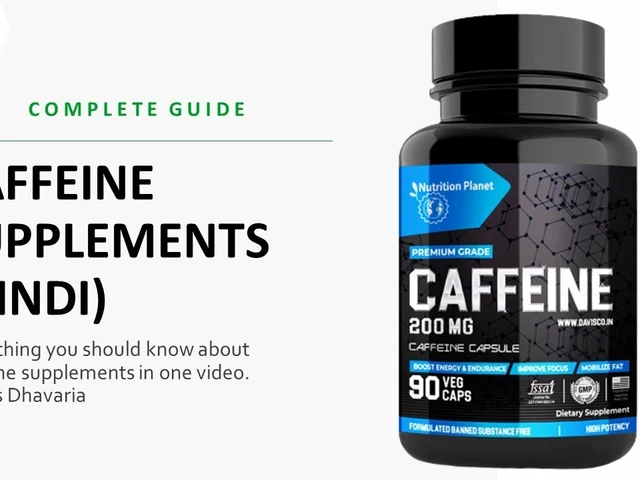
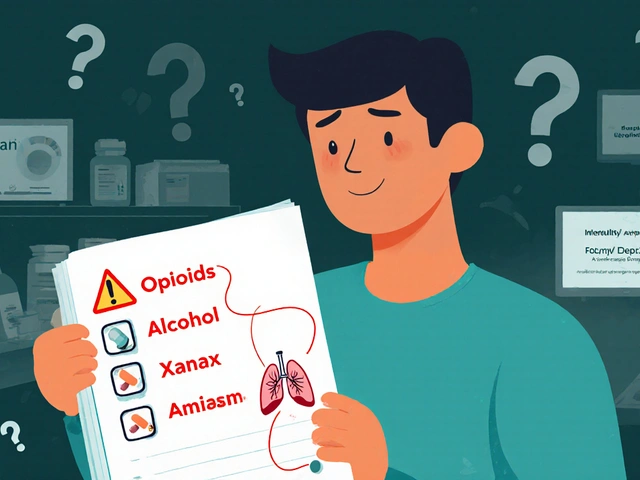
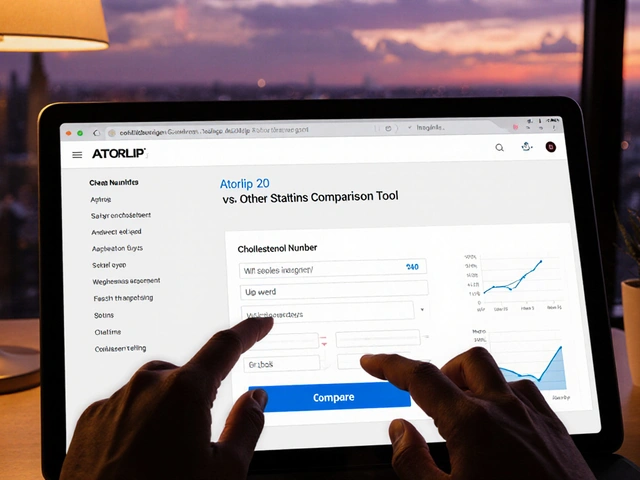
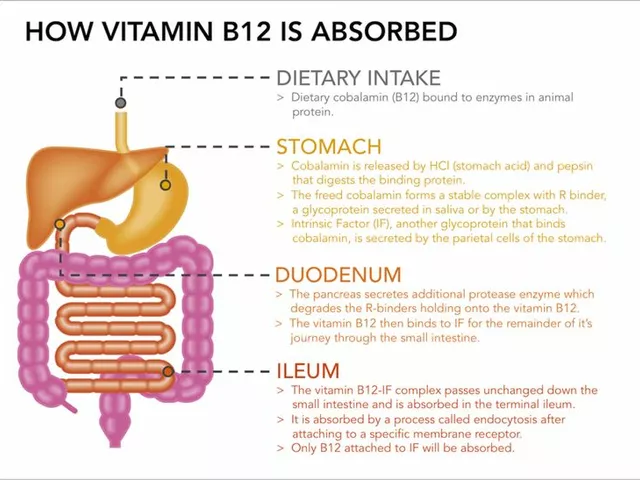
Let me just say this: if you're mixing opioids with anything that makes you sleepy, you're playing Russian roulette with your brainstem. I've seen too many obituaries where the cause of death was 'accidental'-but the toxicology report told the real story. Benadryl? Unisom? That's not a sleep aid, it's a death warrant when paired with painkillers. And don't even get me started on people who think 'I only had one drink' is safe. One drink is all it takes when your tolerance is gone. This isn't theory-it's autopsy data.
I really appreciate how this post breaks down the tools people can use-especially the harm reduction self-check. I work in community health, and we've started handing out fentanyl test strips with a simple card that says: 'What you think you have might not be what you have.' It's changed the conversation. People don't feel judged, they feel equipped. Also, naloxone isn't just for 'addicts'-it's for anyone who takes meds, or knows someone who does. Keep carrying it. Keep asking. Keep saving lives.
The clinical data presented here is both alarming and necessary. The CDC’s Opioid Risk Tool is underutilized in primary care settings, despite its proven efficacy. Furthermore, the Beers Criteria, while well-established, is rarely integrated into electronic health records with real-time alerts. There is a systemic failure in translating evidence-based guidelines into frontline practice. Pharmacists are often the last line of defense, yet they are not routinely consulted during opioid prescribing. This gap must be addressed through policy, not just individual responsibility.
ok but like... why do people still think they can 'handle' mixing stuff? i had a cousin who took oxycodone with his nightly wine and thought he was 'just relaxing'. he died in his sleep. no warning. no drama. just... gone. and now his kid is 14 and has no dad. i'm not mad, i'm just... heartbroken. if you're reading this and you do this? stop. please. just stop.
Wow, another ‘harm reduction’ sermon. Let me guess-next you’ll tell me we should hand out free drugs so people don’t ‘die from stigma’? This isn’t about ‘non-judgmental language’-it’s about personal responsibility. If you can’t control your substance use, then maybe you shouldn’t be using at all. Naloxone isn’t a license to binge. It’s a band-aid on a bullet wound. Stop romanticizing self-destruction.
I’ve been sober for 5 years now. I used to take Xanax with my pain meds because I thought it helped me sleep. I didn’t know it was a death sentence. I’m grateful I didn’t die. I’m sharing this not to be dramatic, but because I wish someone had told me, plainly, without shame. If you’re reading this and you’re still doing it? You’re not weak. You’re just unaware. That’s fixable.
Life is a paradox, no? We seek comfort, yet the very things that soothe us-sleep, pain relief, escape-become the instruments of our undoing. The mind craves relief, but the body remembers only the cost. Perhaps the real drug isn't the opioid, but the illusion of control. We think we're in charge... until our breath forgets how to breathe. 🤔
This post reads like a pamphlet from a nonprofit with a grant. The truth? Most people who overdose are not ‘uninformed’-they’re addicted. No checklist will cure dependency. You don’t need a ‘self-check’-you need rehab. And if you’re too proud to admit you need help, then your death is not a tragedy-it’s a consequence. Stop pretending ignorance is the enemy. The enemy is the refusal to change.
As someone from India where opioid misuse is rising but awareness is low, I want to say this: the tools mentioned here are universal. We don’t have access to fentanyl strips here, but we can still ask simple questions. ‘What did you take?’ is better than ‘Are you on drugs?’ Language changes everything. I’ve shared this with my local clinic. They’re now training staff to use the harm reduction approach. Small steps. Big impact.
yo i just used a fentanyl strip and my ‘heroin’ came back positive. i thought i was clean. turns out i’ve been snorting death. i called my mom. she cried. i’m gonna get help. thanks for the post. i actually listened.
Just returned from a trip to rural Kentucky. I visited a pharmacy that gives out naloxone with every prescription for painkillers. No questions asked. No stigma. Just: ‘Here, take this. It might save your life.’ That’s what public health looks like. Not lectures. Not judgment. Just compassion with a spray nozzle. We need more of this-everywhere.